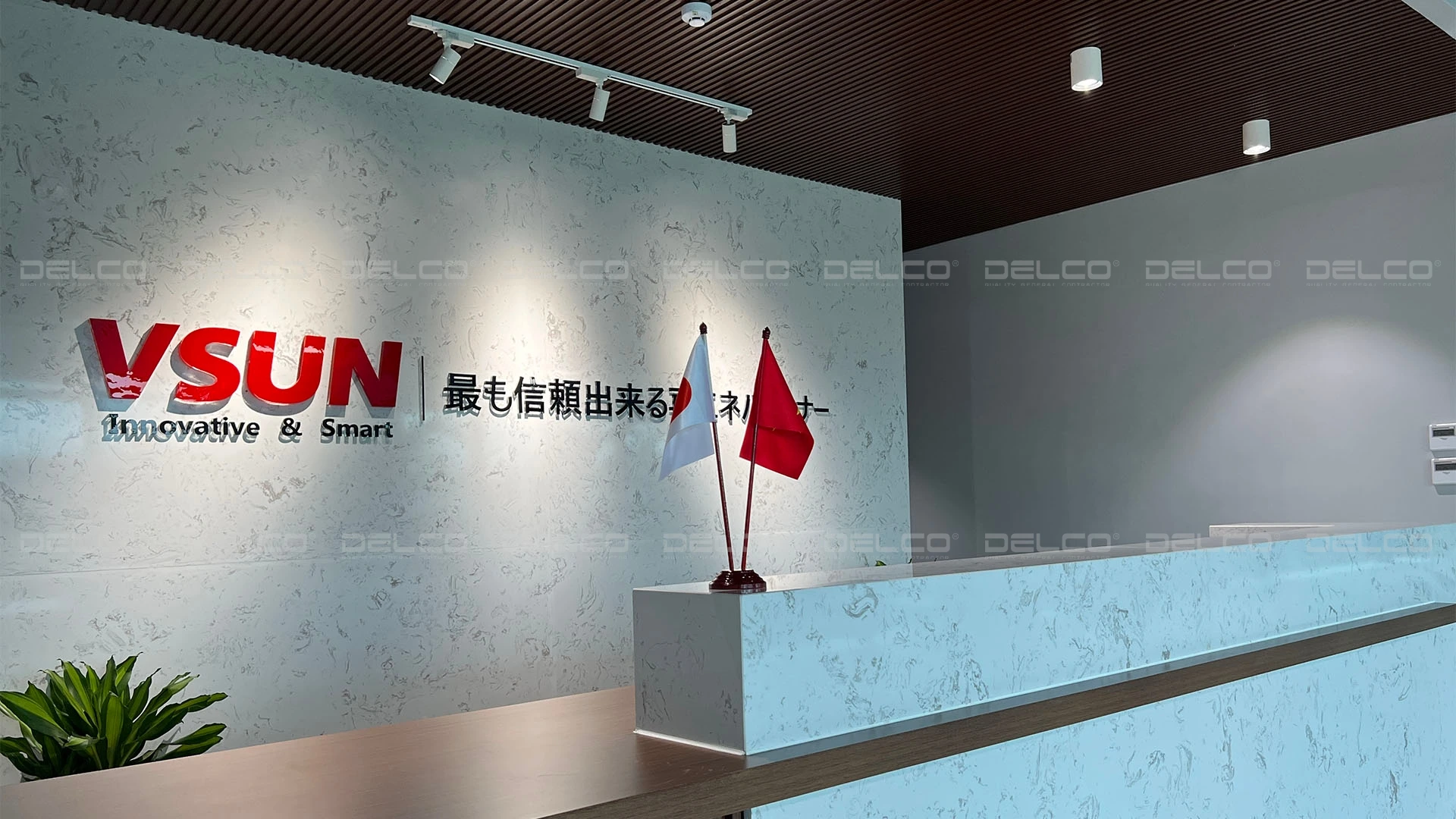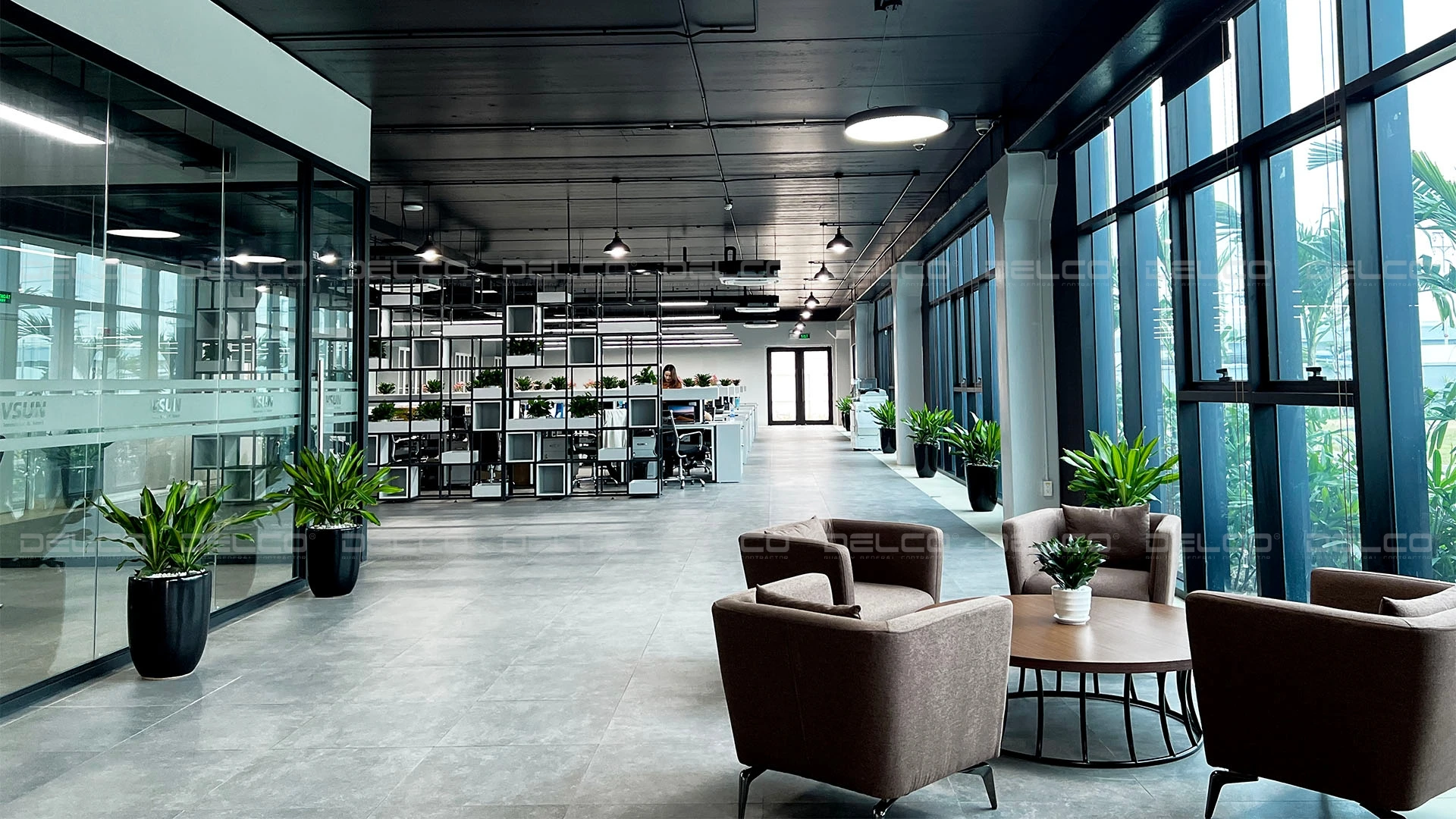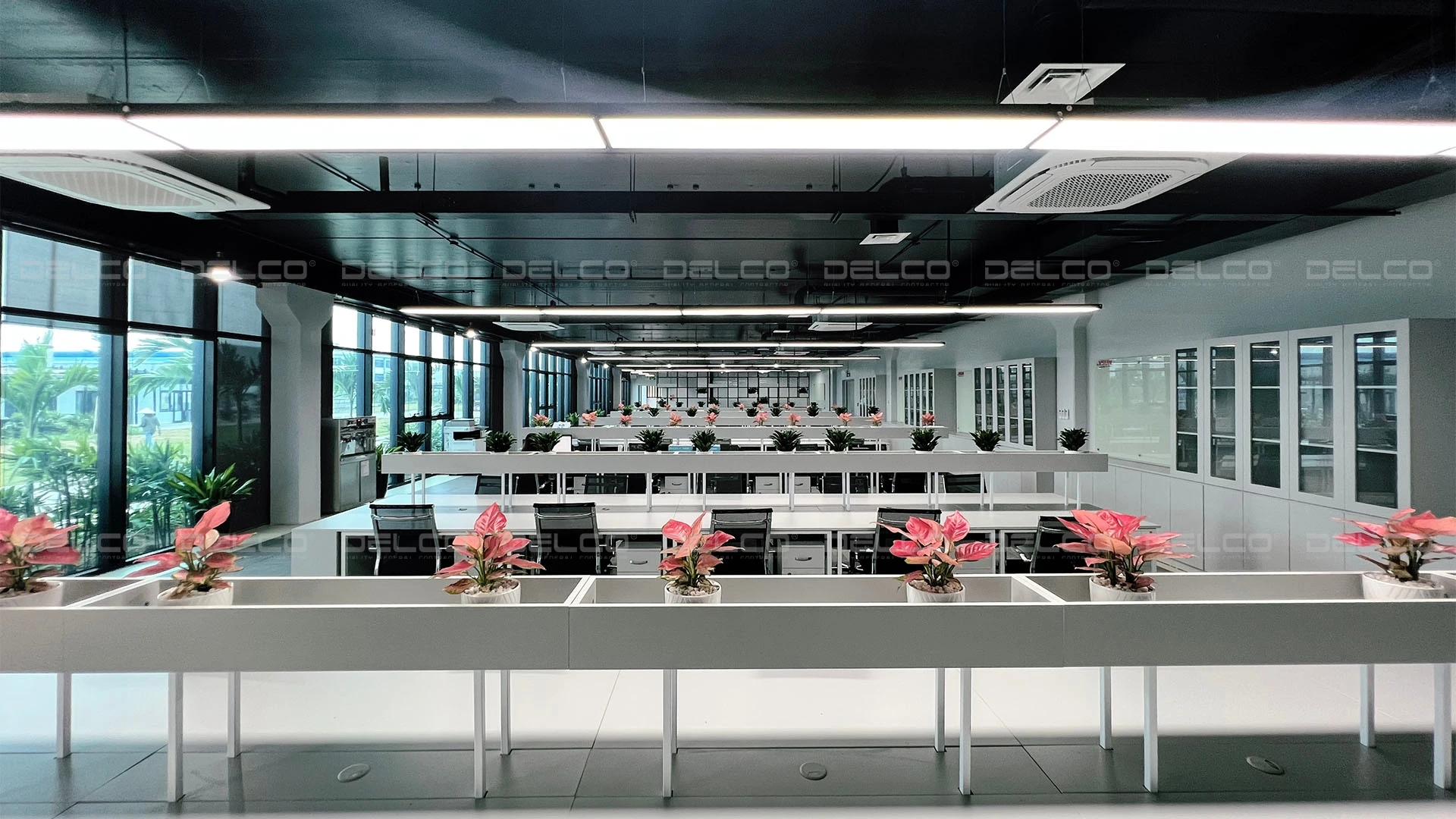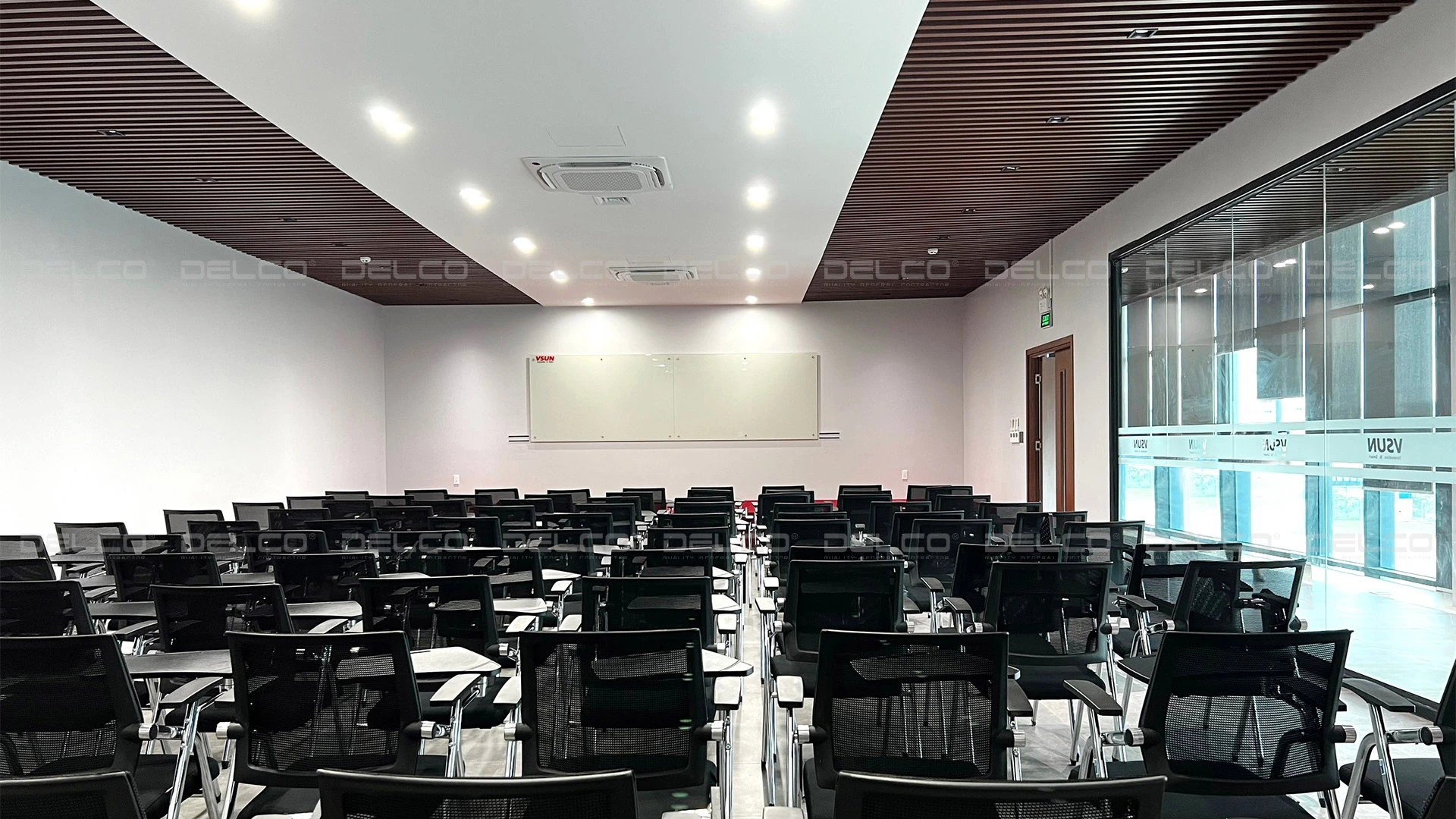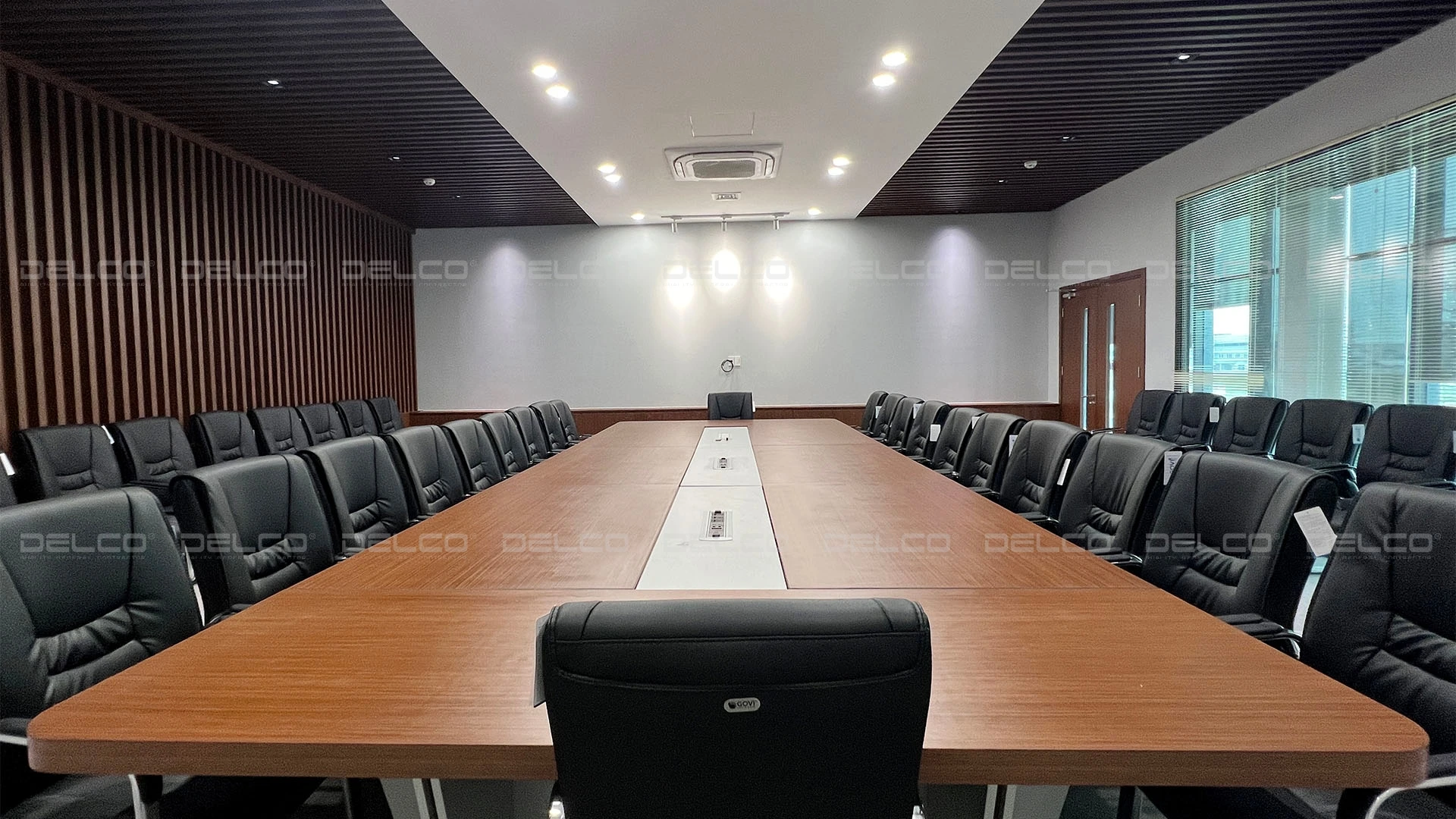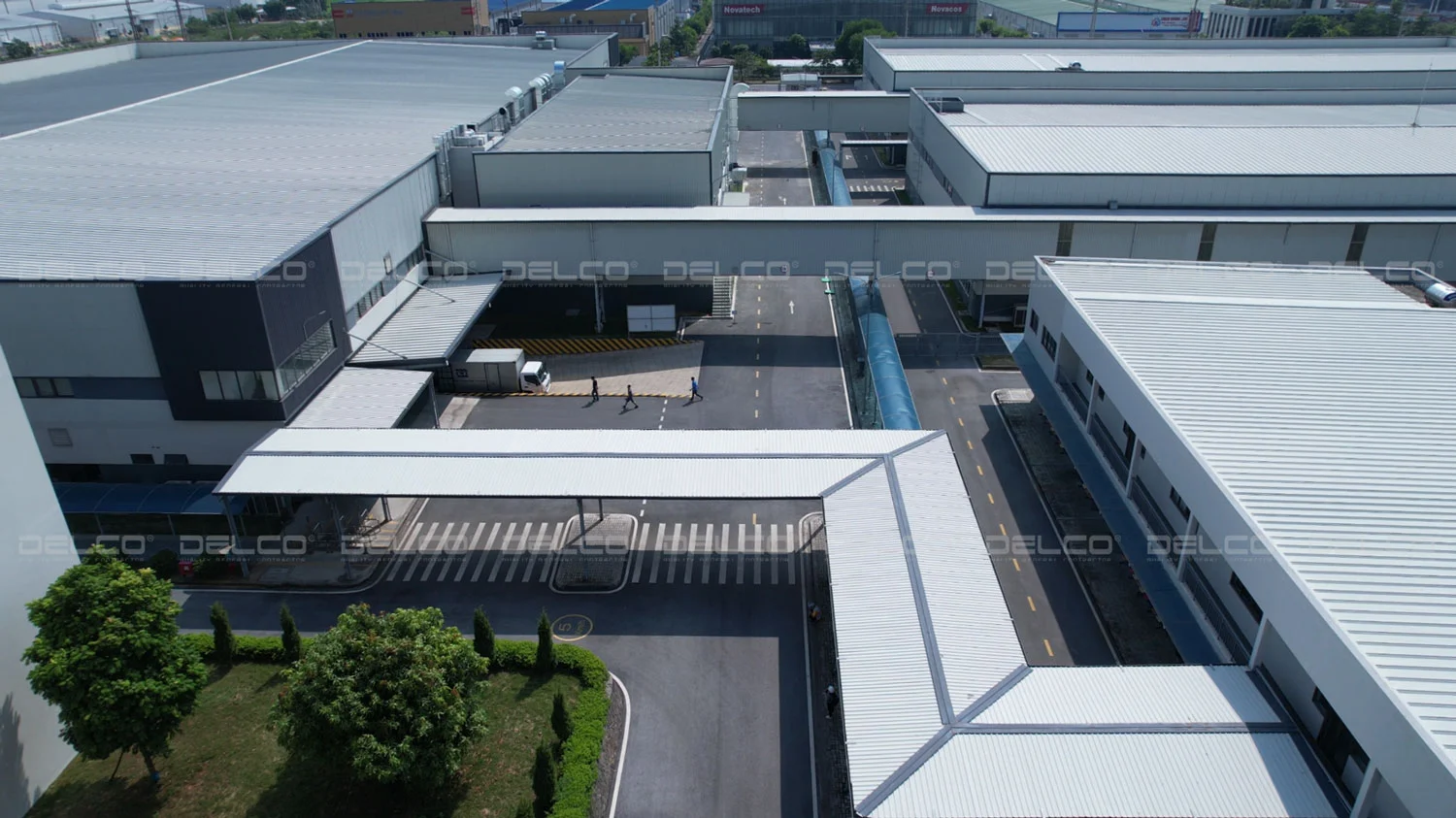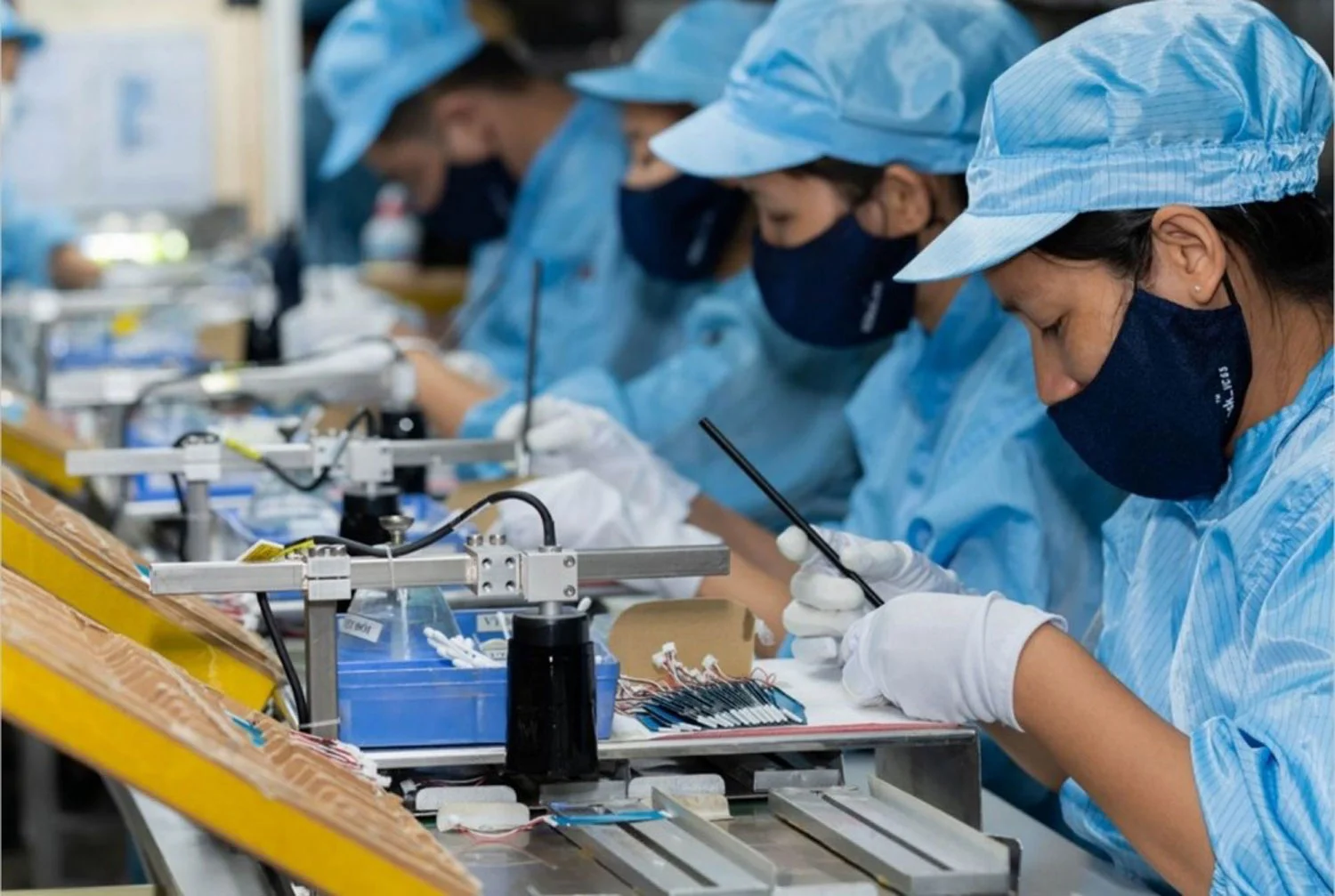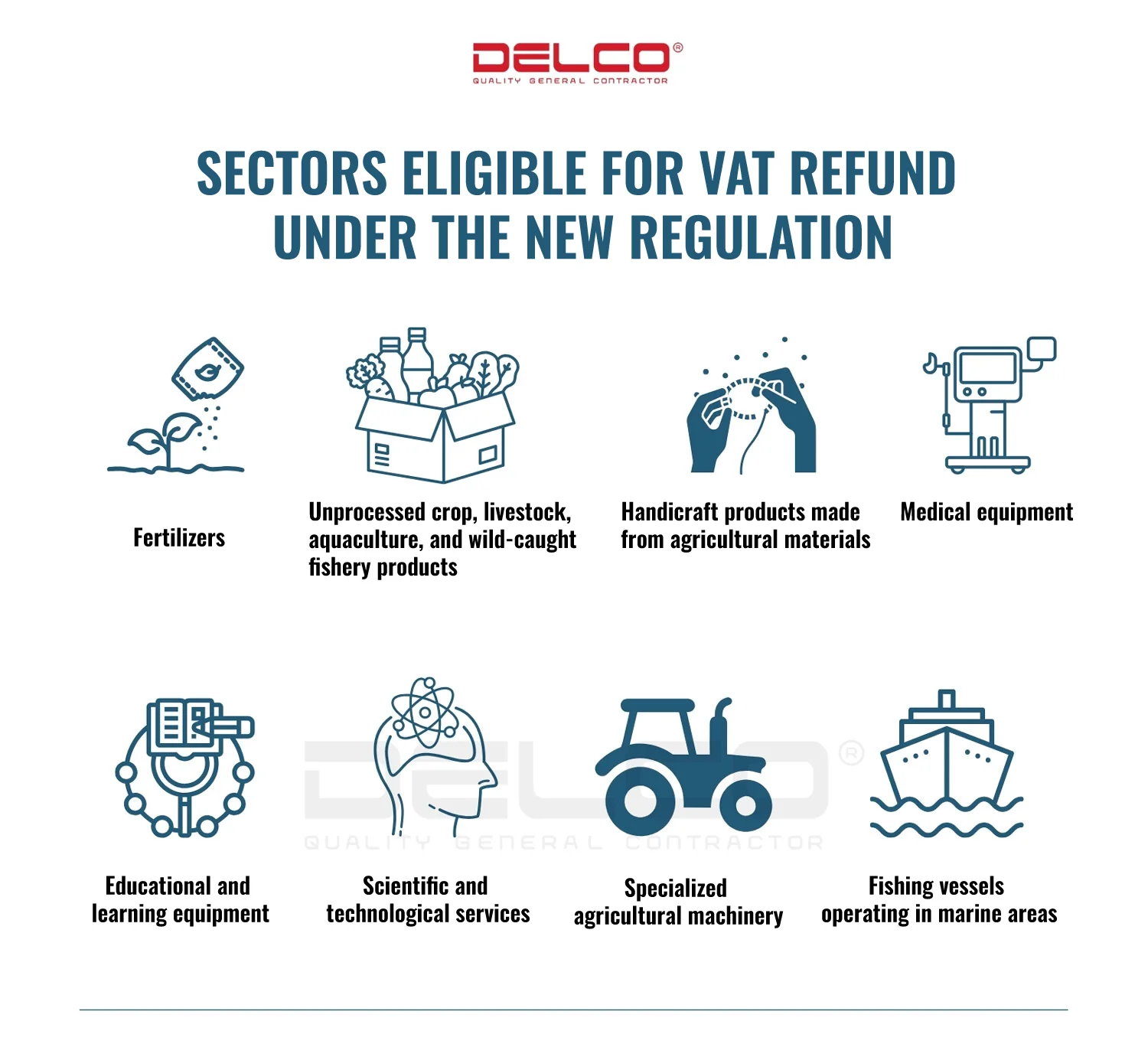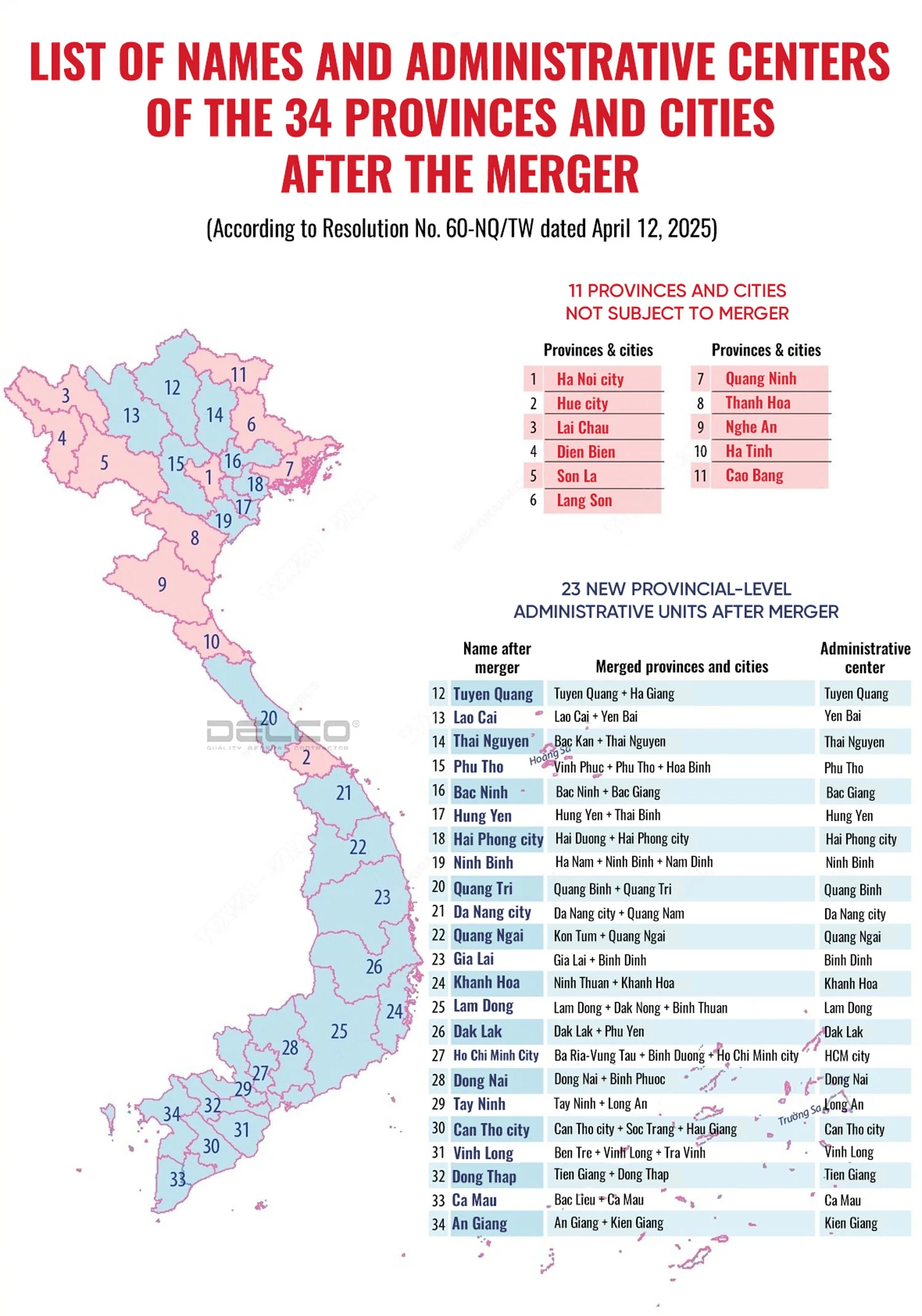Not only BYD (Apple’s iPad tablet manufacturing supplier) but many investors have also chosen Phu Tho to be the location of their factory and take advantage of the province’s potential and investment policy.
Building a factory in Phu Tho – Making use of its potential
1. Geological location – The administrative boundaries of the province is adjacent to
– Tuyen Quang Province in the North;
– Hoa Binh Province in the South;
– Vinh Phuc Province in the East;
– Hanoi city in the South East;
– Son La Province, Yen Bai Province to the West.
Phu Tho is located in the “development triangle” between the Northeast, the Red River Delta and the Northwest, it poses an important role as the gateway between the West – East – North regions. It lies about 80km north of Hanoi, and more than 60km from Noi Bai International Airport.
In addition to having important transport routes going through it, Phu Tho province also provides benefits from the waterway that starts in China, goes through a number of provinces in the West of North East Vietnam and Phu Tho province before reaching Hanoi, Hai Phong and surrounding areas.
Acting as “confluence of rivers” – Phu Tho province is the intersection of Red River, Da River and Lo River; it is the Western gateway of Hanoi Capital. Therefore, Phu Tho acts as a hub for transporting and exchanging goods connecting many localities in the Northern Delta region with some mountainous provinces in Northern Vietnam and two provinces of Guangxi, Yunnan and China..

2. Transportation network
Phu Tho is a major trade gateway in road, railway, waterway of Northern Vietnam; a freight link between the Northwest, Northeast and Red River Delta regions, contributing to the industrialization of the locality and the region.
– Road:
- The Noi Bai – Lao Cai Expressway passes through five provinces, including Hanoi, Vinh Phuc, Phu Tho, Yen Bai, and Lao Cai. The section through Phu Tho province spans 66 km, running through 7 districts/towns: Viet Tri City, Lam Thao District, Phu Ninh District, Phu Tho Town, Thanh Ba, Cam Khe District, and Ha Hoa District. This expressway is part of the Kunming – Hanoi – Hai Phong corridor, offering significant economic and social potential to the region through convenient transport connections.
- National Highway 2 (AH14) passes through major locations such as Ha Giang, Tuyen Quang, Phu Tho, and Noi Bai International Airport. Along this route are National Highway 5, National Highway 1A, and National Highway 18, which lead to major trade hubs such as Hai Phong, Tan Thanh Border Gate (Lang Son), and Cai Lan Port – Quang Ninh.
- National Highway 32 connects Phu Tho with Ha Noi and northwestern provinces such as Yen Bai and Lai Chau. Notably, the intersection with National Highway 32C in Phu Tho is a strategic junction, linking Phu Tho with Lao Cai and the Chinese border, enhancing international trade.
– Railroad:
- In Phu Tho province, the Ha Noi – Lao Cai railway line spans 80 km with 8 operational stations. Among these, the two largest stations are Viet Tri Station and Phu Tho Station, facilitating local businesses in transporting goods and promoting regional trade and economic development.
– Waterways: Viet Tri is the “confluence city” where the 3 major rivers in the North: the Red River, Lo River and Da River meet. The total length of river transport of the province is 235km, of which the Red River takes up to 130km, 63km belongs to Lo River, and 42km of the Da River; all running from China through the Western provinces of the Northeast Vietnam, converging in Phu Tho and then radiates to Hanoi, Hai Phong and other provinces. Viet Tri River Port is one of 3 major ports in the North with a traffic/cargo capacity of 1.0 million tons/year.
In addition to the available advantages, the leadership of Phu Tho province is also actively implementing key traffic projects such as Tuyen Quang – Phu Tho expressway; inter-regional road connecting Ho Chi Minh road with National Highway 70B, National Highway 32C of Phu Tho province to Yen Bai province, Vinh Phu bridge; building roads to connect national key traffic routes with trunk roads to industrial zones, industrial clusters, residential areas, concentrated commodity production areas.
The aforementioned geographical location and transportation significance are the requirements for industrial, commercial and logistics development that investors can exploit when choosing Phu Tho as a location to build a factory.
3. Natural resources – the main attractions for technology and heavy industry factories
Phu Tho province’s natural resources allow it to meet the building material production needs of investors. In addition to large reserves of high-quality industrial minerals (such as kaolin and ceramic clay), Phu Tho also possesses a range of rare minerals (such as barite, gold, and iron). Details are as follows:
- Gold mine (excluding unexplored mines): 17,000g – a good conductor of electricity, material for producing memory chips, motherboards in the computer industry;
- Iron ore (content 20-30%): 29 million tons – the main raw material in iron and steel production;
- Limestone: 38 million tons – used in producing lime, cement; as aggregates for concrete; paving of automobile roads, railway lines and irrigation works; material for paving panels and some architectural components;
- Construction stone: 8.2 million m3 – concrete aggregate, embankment, foundation, wall, pavement, roadway;
- Clay (ceramic raw materials): 200 million tons – used in the production of paper, cement, ceramics, chemical filters and waterproofing materials in sewer systems, dams;
- Kaolin, feldspar: 20 million tons – used in industries of ceramics, paper, paint, rubber, fiberglass, plastics, building materials, refractory bricks, catalyzing oil refining technology …;
- Construction sand and gravel: 100 million m3;
Accordingly, choosing to build a factory in Phu Tho is not a difficult choice for investors in industries such as heavy technology, electronics, clean energy and IOT applications.
4. Human Resources
To enhance the quality of workforce training and attract new investment waves, Phu Tho province has synchronized its educational and training facilities by merging and dissolving certain institutions. The consolidation helps optimize student recruitment and teaching processes, improves the quality of instructors, curricula, and facilities. Additionally, the government facilitates partnerships among schools and with large enterprises, increasing practical and hands-on opportunities. Phu Tho province will continue to enact training policies tailored to societal and business needs, fostering dialogue between training centers and businesses, and promoting labor training based on specific corporate demands. This approach also encourages investors and businesses to participate in the training of the workforce, paving the way for improving the quality of human resources in the province and minimizing labor shortages for local factories and industries.
Mr. Ho Dai Dung, Vice Chairman of the Provincial People’s Committee, emphasized that Phu Tho will continue to promote the development of high-quality human resources, particularly in the fields of manufacturing, processing, and scientific and technological applications.
The employment rate after vocational training reaches 85%, with approximately 46.3 thousand workers employed in industrial parks and clusters within the province.
Read more: 5 Characteristics of Vietnamese workers at work
5. Investment Incentives
Currently, there are 250 establishments and enterprises operating in the field of supporting industries in the province.The main industry groups are mechanical engineering; production, repair, maintenance and installation of machinery, equipment and means of transport; production of products from rubber and plastic; Textile; shoe leather; chemicals – fertilizers; electrical and electronic equipment; food and beverage processing; processing agricultural products; wood processing – paper; …
Director of Phu Tho Department of Planning and Investment Trinh The Truyen said that in recent years, the province has many important policies in attracting investment, promoting socio-economic development, focusing on building factories, infrastructure, completing and implementing provincial planning in the period of 2021-2030, vision to 2050
- Review and abolish a number of unnecessary related administrative procedures, shorten the time for implementation of investment procedures;
- Planning of infrastructure construction for industrial parks & industrial clusters, consists of seven industrial zones with an area of more than 2,336ha and 26 industrial clusters with an area of more than 1,120ha,…
- Create a clean land fund, clear land and fully plan land resources;
- Strengthen dialogue with businesses, capture the needs of investors to optimize the project implementation process as well as adjust labor training directions;
- Focus on implementing e-government and developing the digital economy, expanding and accelerating the way public services are provided;
- Mobilizing resources for infrastructure investment, synchronizing and modernizing the transport network.
The immediate short-term vision of Phu Tho province to 2025 is to prioritize and facilitate the development of 6 industrial sectors as follows:
- Manufacturing precise mechanical products, molds, spare parts, machinery and equipment components
- Supporting industries in electronics – informatics – telecommunications
- Industry supporting the production of clean energy, high-tech products and new materials
- The field of packaging and packaging production
- Supporting industries of textiles, leather and footwear
- Production of supporting industry products for tourism, services, furniture and household appliances
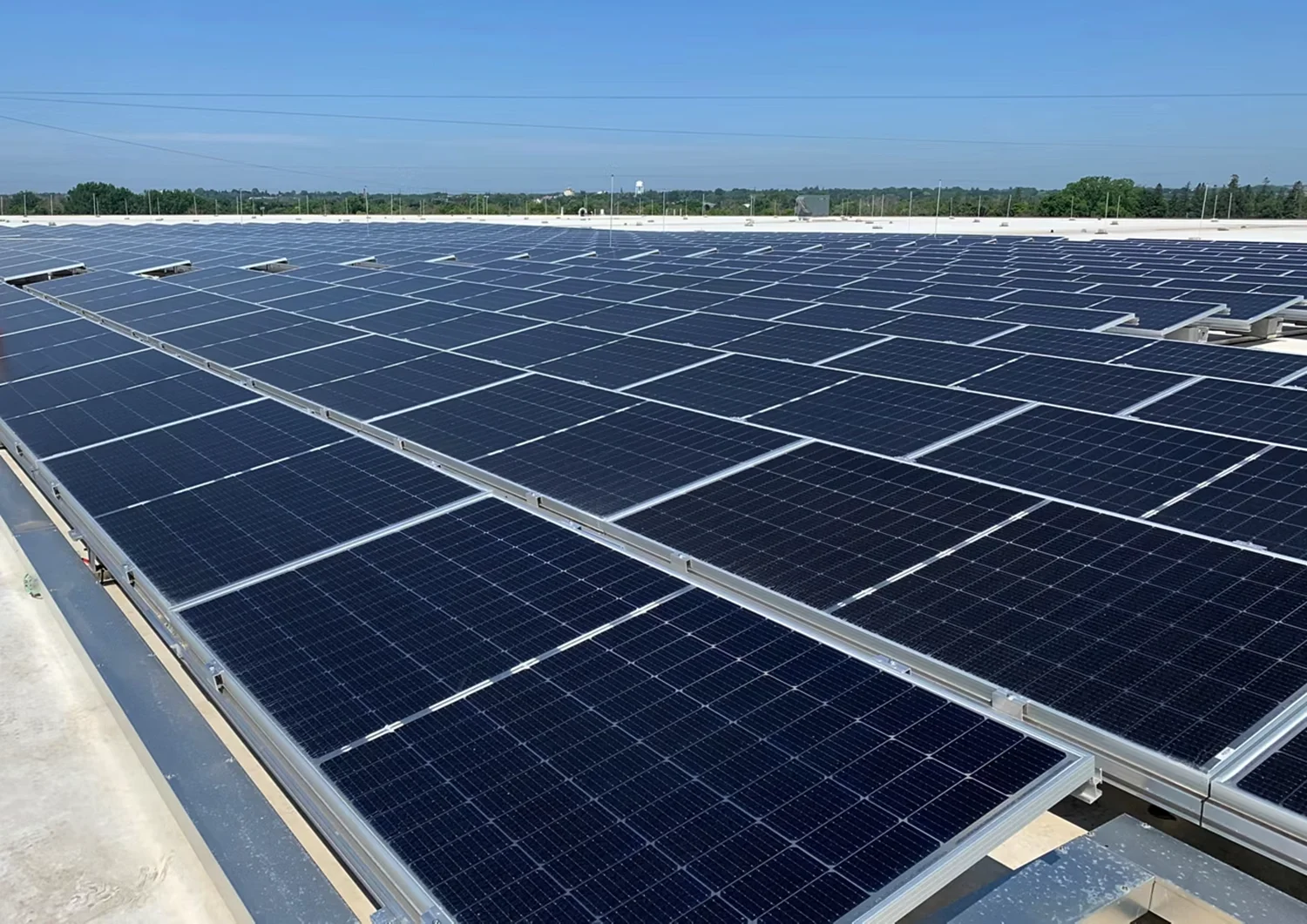
VSUN’s $ 200 million solar panel production factory built in Phu Tho
Read more: How to set up a company in Vietnam for foreign investors
List of key industrial parks and industrial clusters in Phu Tho province
1. Thuy Van Industrial Park (Viet Tri City)
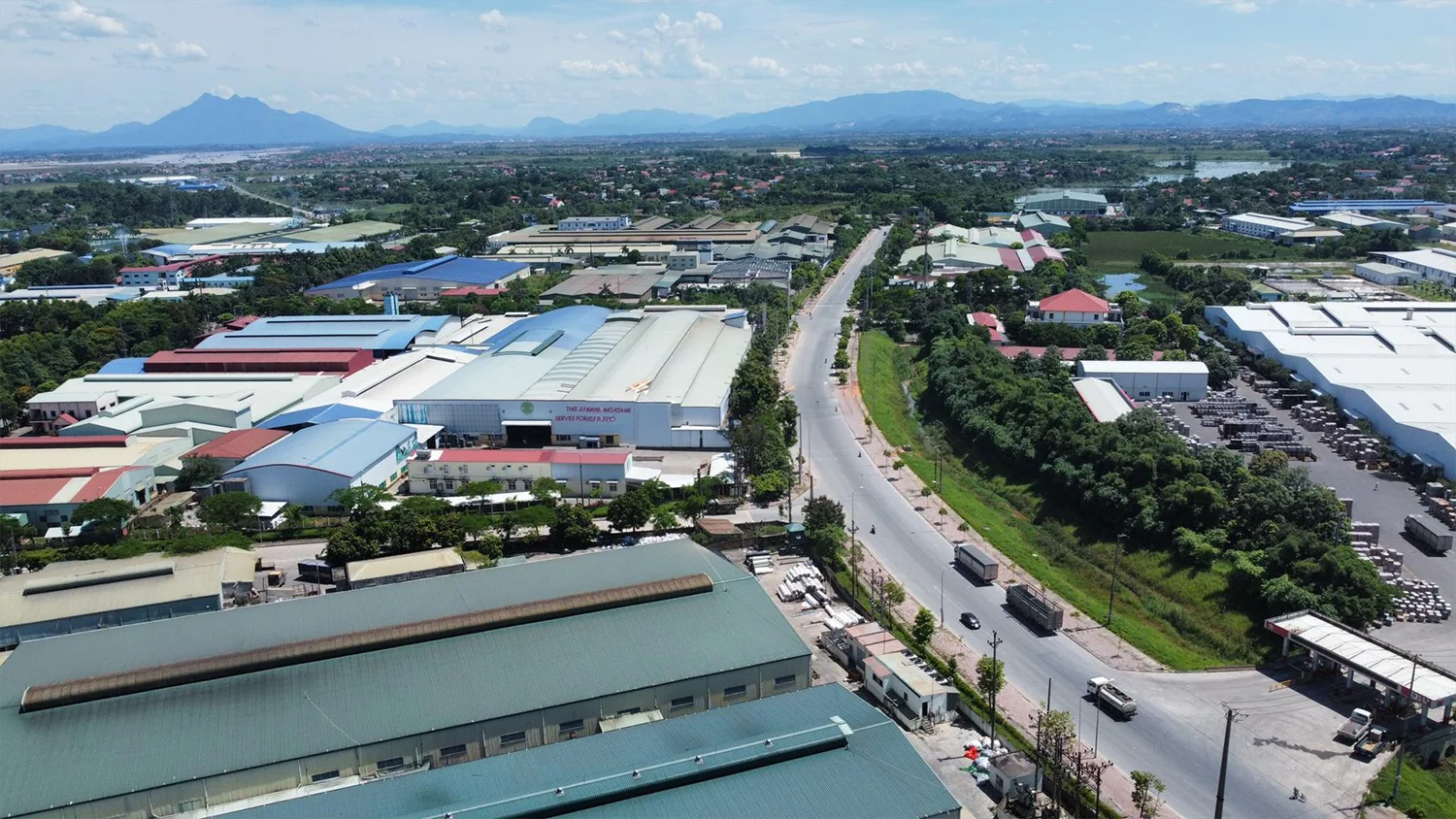
– Area: 369 ha
– Investor: Industrial Park Infrastructure Development Company
– Investment incentives when building factories here: Land rental price, preferential infrastructure usage fee prescribed by the Provincial People’s Committee. Projects that belong to the high technology and supporting industry category can get tax-exemption for 4 years and reduce 50% of the tax payable in the next 9 years. The Provincial People’s Committee decides the level of support for projects of great significance to the socio-economic development of the province, after approval of the Standing Committee of the Provincial People’s Council.
2. Phu Ha Industrial Park (Phu Tho Town)
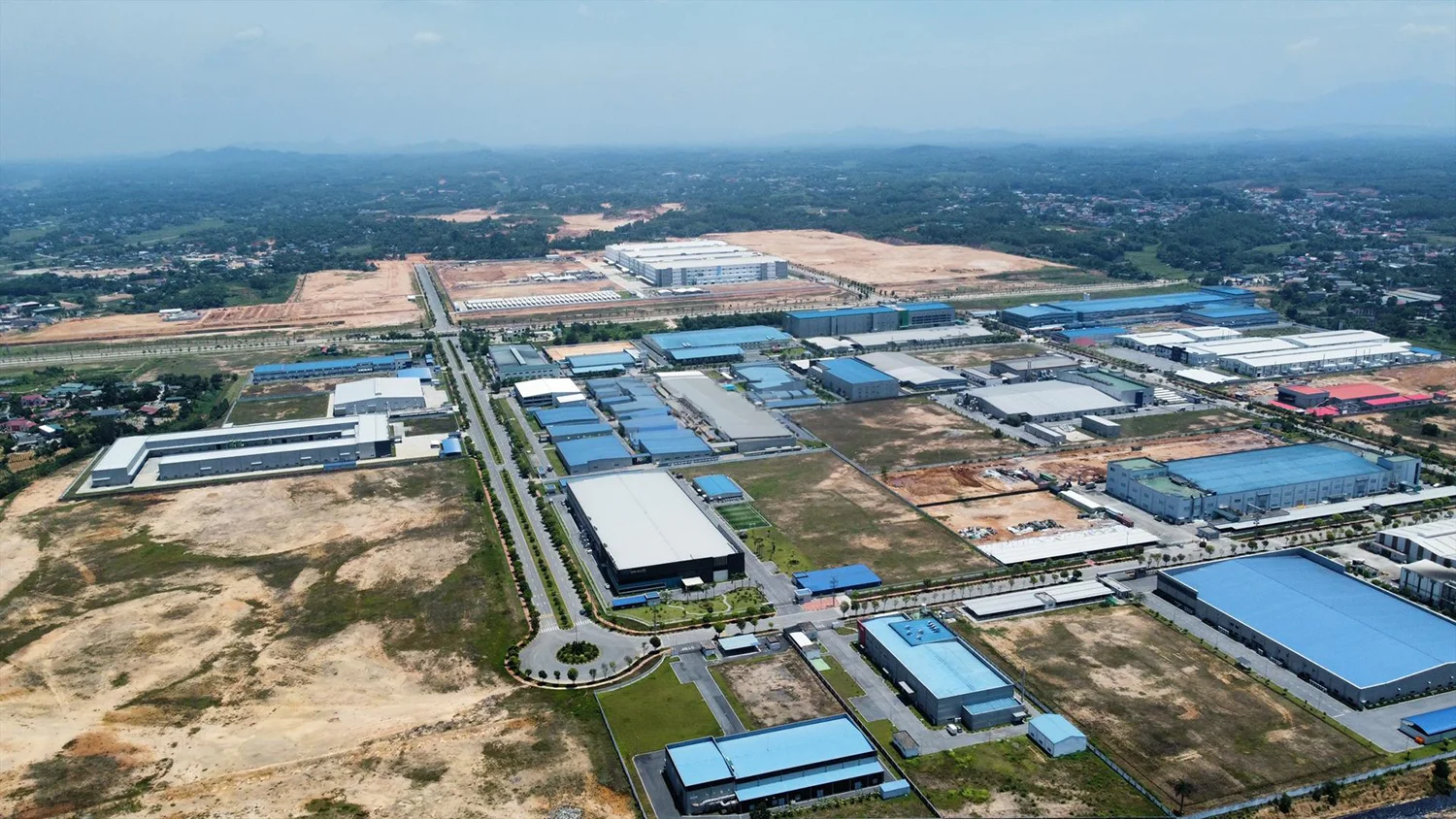
– Area: 450ha
– Investor: Viglacera Corporation – Joint Stock Company.
– Investment incentives:
- Projects investing in industrial zones with a tax rate of 20% for a period of 10 years, from January 1, 2016, apply a tax rate of 17%.
- 2-year tax exemption and 50% reduction in tax payable in the next 4 years. `
3. Cam Khe Industrial Park (Cam Khe district)
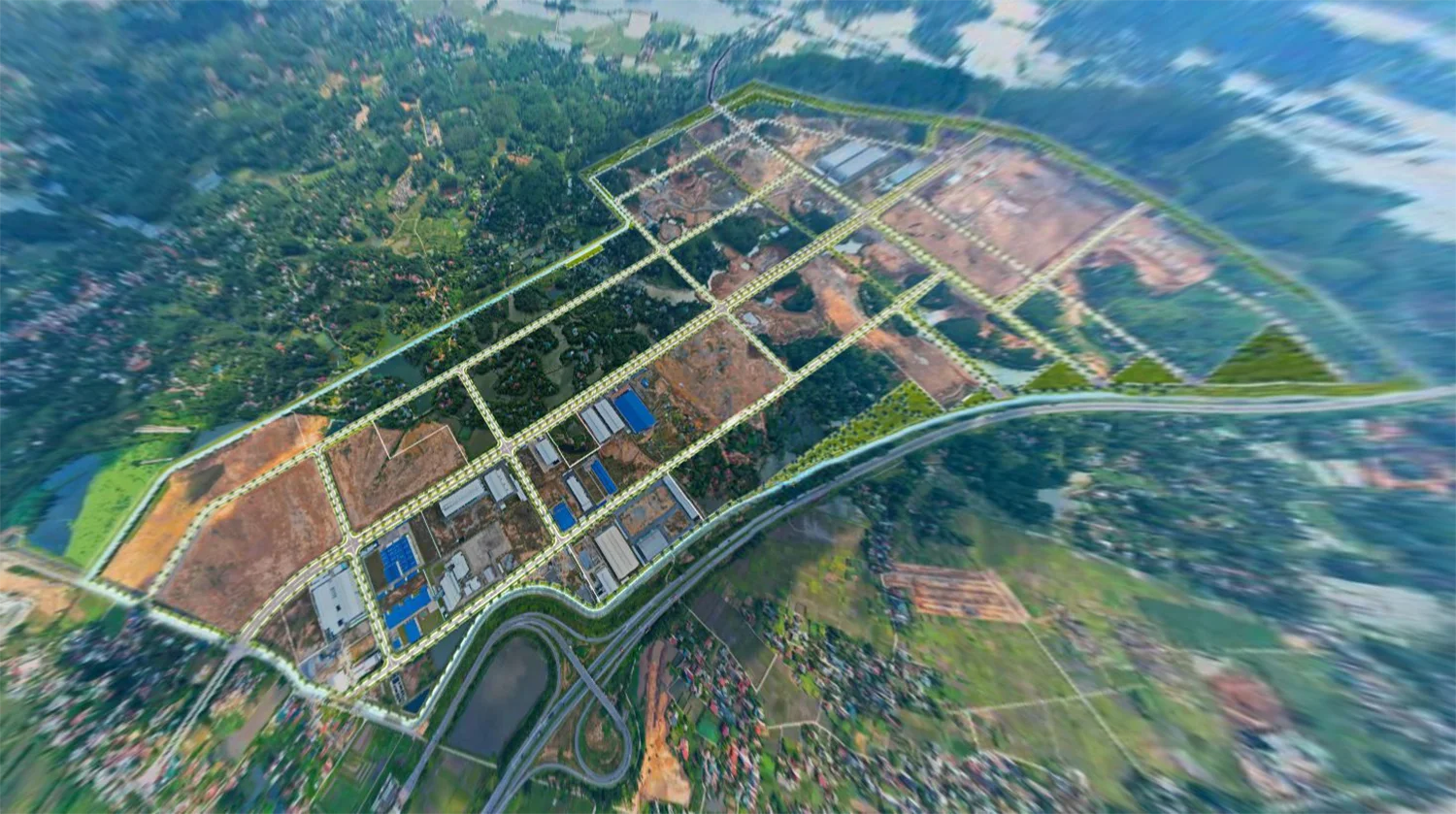
– Area: 450ha
– Investor: Ao Vua Joint Stock Company and Duc Anh Construction Joint Stock Company.
– Investment incentives:
- Corporate Income Tax (CIT): 17%
- Tax exemption for 2 years and a 50% reduction in payable tax for the following 4 years.
- Exemption from land rental fees for 5 years.
4. Trung Ha Industrial Park (Tam Nong district)
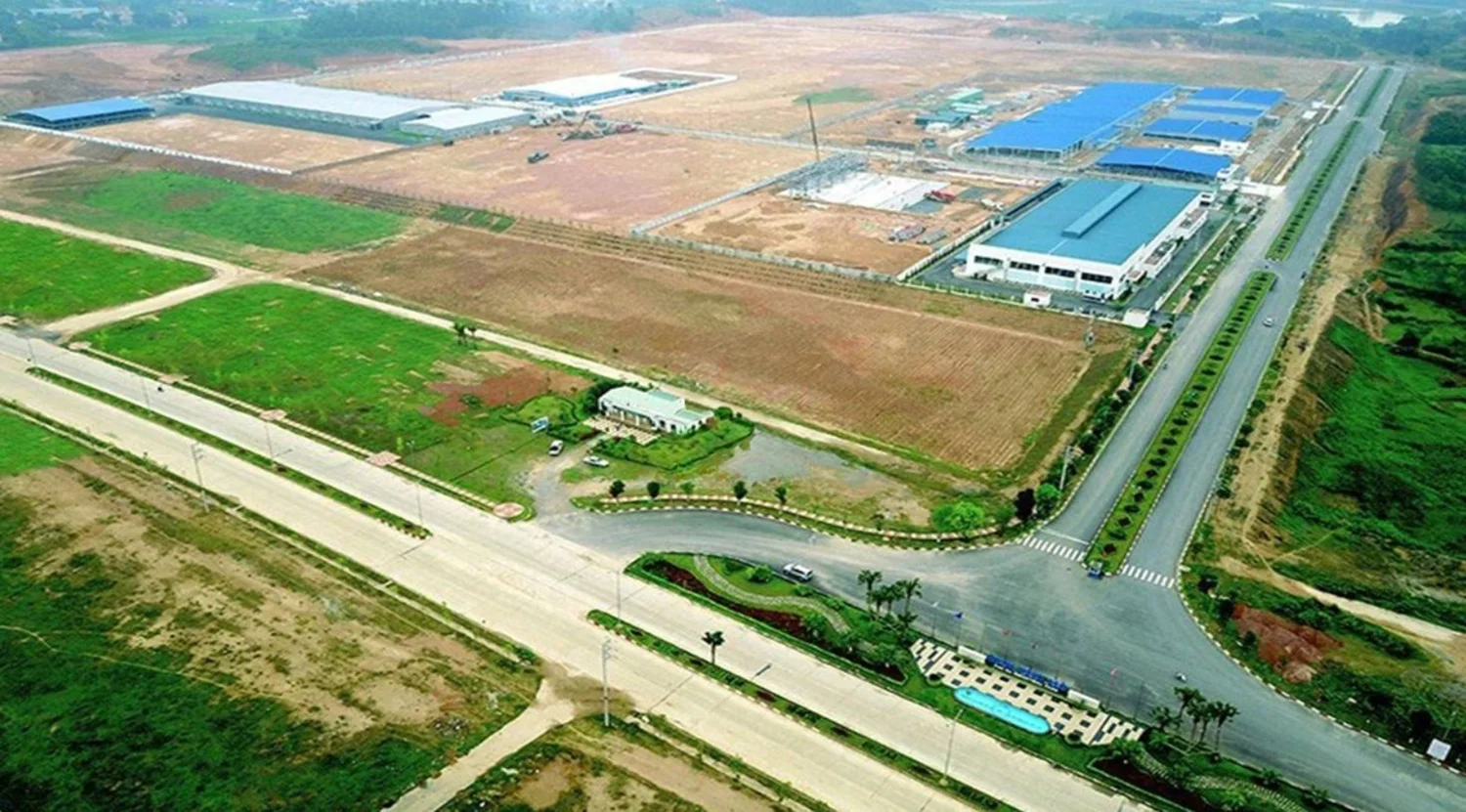
– Area: 82,63ha.
– Investor: Trung Ha Industrial Park Infrastructure Development Company
– Investment incentives:
- The Provincial People’s Committee will stipulate a preferential rate in land rents and infrastructure use fees..
- Investment projects in industrial zones with a tax rate of 20% for a period of 10 years, from January 1, 2016, apply a tax rate of 17%.
- Tax exemption for 2 years and 50% reduction of tax payable in the next 4 years.
- Exemption from import duties on imported goods.
- Support tax exemption for 4 years and reduce 50% of tax payable in the next 9 years for projects in the high technology and industry projects category.
5. Phu Ninh Industrial Park (Phu Ninh district)
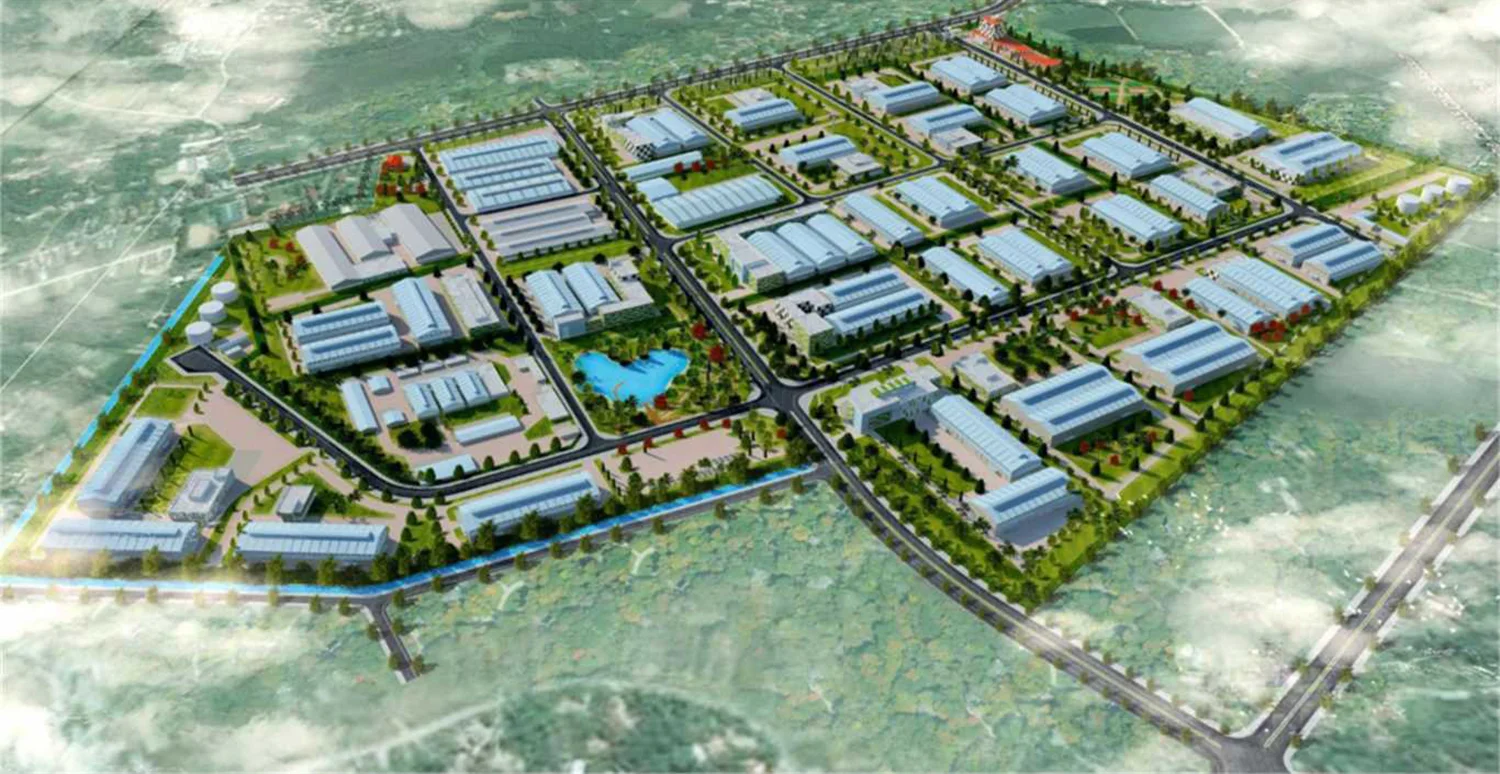
– Area: 100ha
– Investor: Vietnam – Korea Joint Stock Company
– Investment incentives:
- Corporate Income Tax (CIT): 17% in the first 10 years; 2-year tax exemption and 50% reduction in tax payable in the next 4 years.
- For projects on the list of investment incentives, they are entitled to 10% CIT for 15 years and 4-year CIT exemption and 50% reduction in tax payable in the next 9 years..
6. Tam Nong Industrial Park (Tam Nong district)
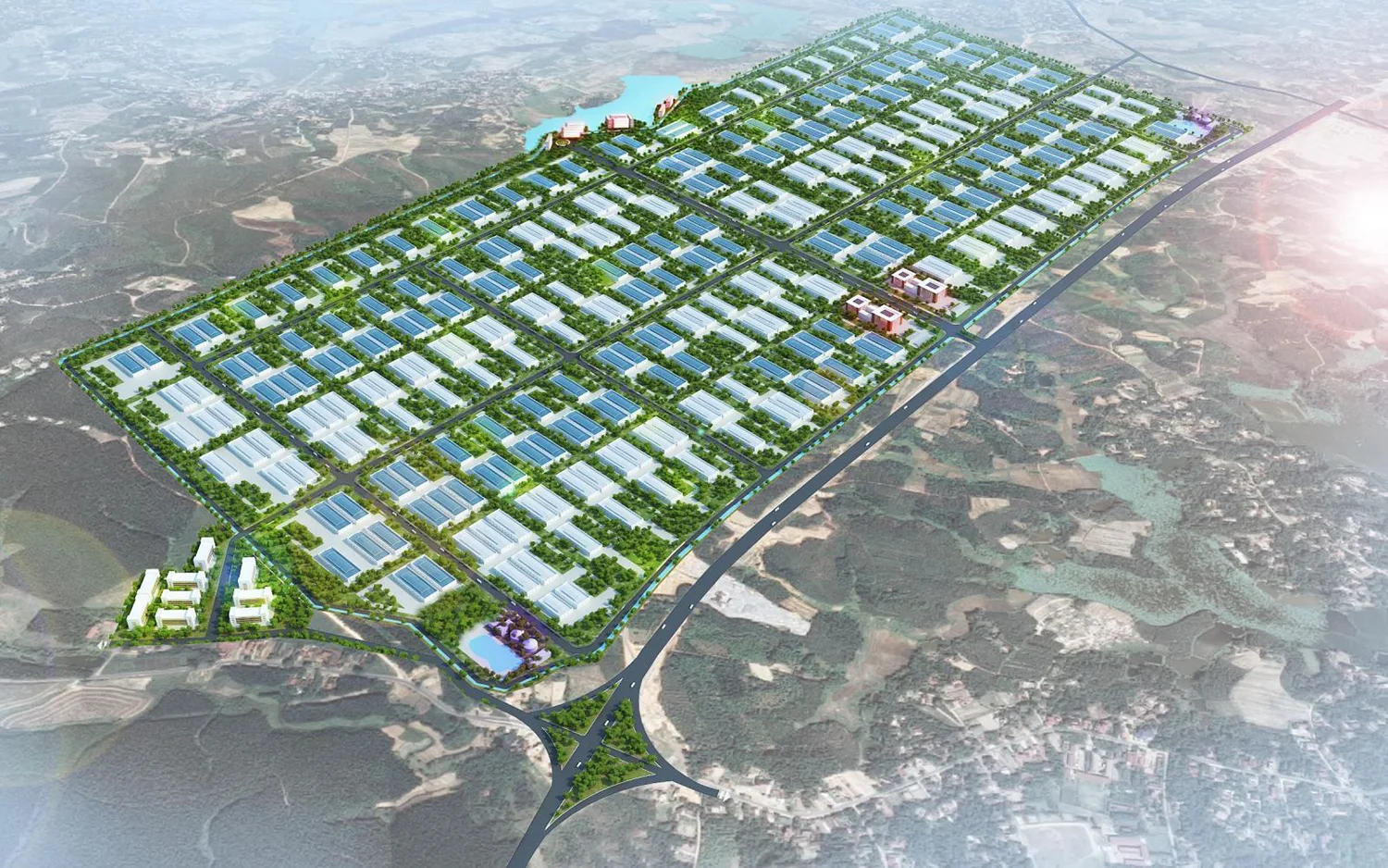
– Area: 350 ha
– Investor: Management Board of Industrial Parks of Phu Tho Province
– Investment incentives when building factories and factories in Tam Nong:
- Investment projects in industrial zones with a tax rate of 20% for a period of 10 years; from January 1, 2016, apply a tax rate of 17%. 2-year tax exemption and 50% reduction in tax payable in the next 4 years.
- Exemption from land rent during the period of basic construction, with an additional 18 years of exemption after basic construction for investment projects on construction and business of industrial park infrastructure..
- Tax exemption for 4 years and a 50% reduction in payable tax for the following 9 years for projects in high-tech and supporting industries. For projects with significant importance to the province’s socio-economic development, the Provincial People’s Committee will determine additional support levels upon approval by the Standing Committee of the Provincial People’s Council.
- Exemption from import tax on goods imported to create fixed assets for the investment project.
7. Ha Hoa Industrial Park (Ha Hoa district)
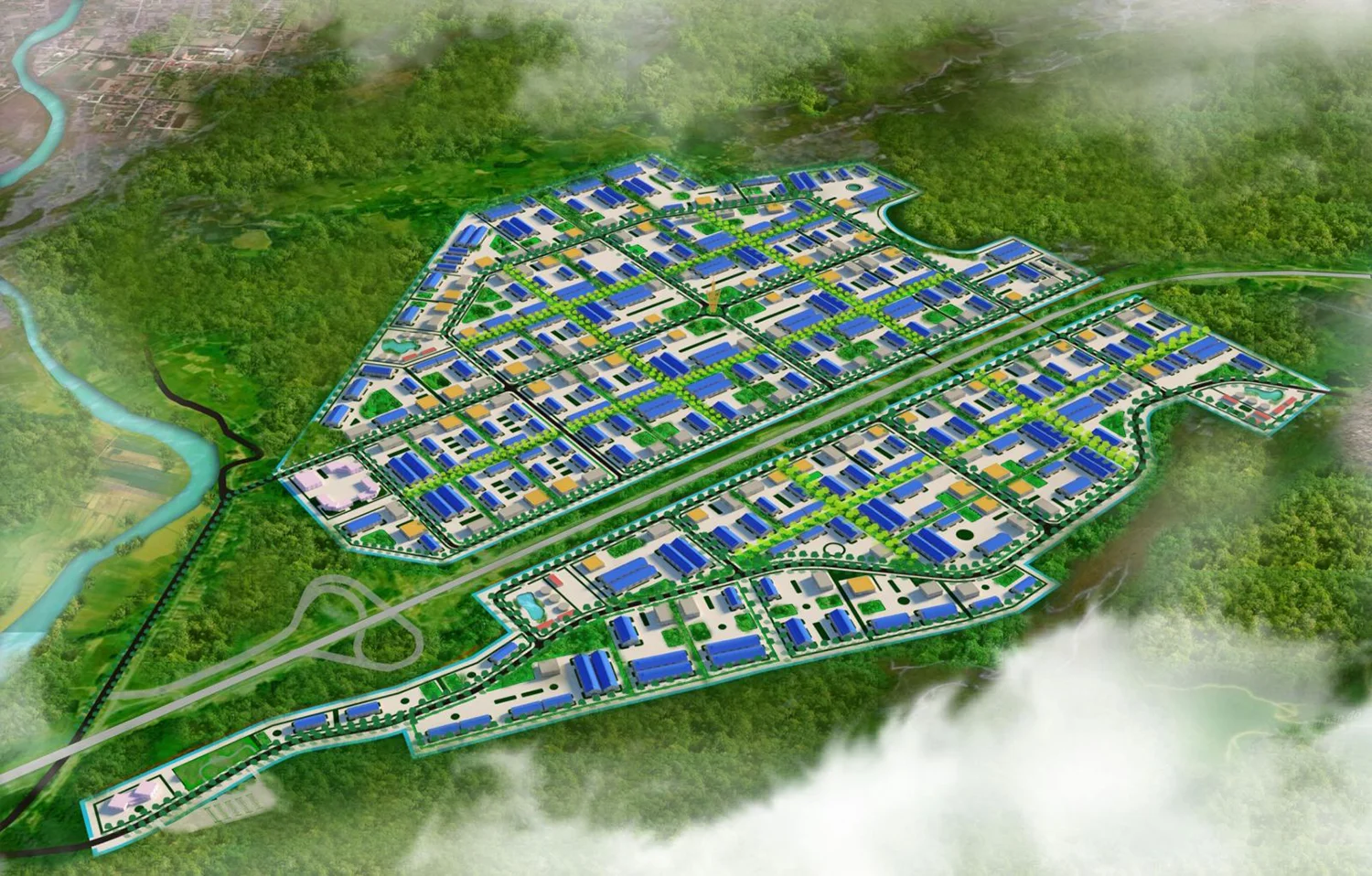
– Area: 400ha
– Investor:
– Investment incentives when building factories in Ha Hoa Industrial Park in Phu Tho province:
- Tax rate of 20% for 10 years, from January 1, 2016 applies a tax rate of 17%.
- Tax exemption for 2 years and 50% reduction of tax payable in the next 4 years.
- A tax exemption for 4 years and a 50% reduction in payable tax for the following 9 years is granted for projects in high-tech and supporting industries. The Provincial People’s Committee will determine additional support levels for projects that have significant importance for the province’s socio-economic development, upon approval by the Standing Committee of the Provincial People’s Council.
- Exemption from import tax applies to goods imported for the investment project.
8. Dong Lang industrial cluster (Phu Ninh district)

– Area: 41.7 hectares
– Investor: Dong Lang Tasco – Korea Industrial Cluster Infrastructure Development Co., Ltd.
– Investment incentives:
- Tax rate is 20% for 10 years, the tax rate of 17% is applied from January 1, 2016.
- Tax exemption for 2 years and 50% reduction in tax payable for the next 4 years.
- Exemption from import tax for imported goods to create fixed assets of investment projects.
- Tax exemption for 4 years and 50% reduction of tax payable for the next 9 years for projects in the category of high-tech and supporting industries.
9. Dong Lac industrial cluster (Yen Lap district)

– Area: 50 hectares
– Investor: Cat Vang Group Joint Stock Company
– Processing of forest products, manufacturing of fabricated metal products, garment production, agricultural and food processing, machinery manufacturing…
10. Van Xuan industrial cluster (Tam Nong district)

– Area: 72 hectares
– Investor: Lan Hue Trading and Services Company Limited
– Encouraged investment industries: Food processing, wood processing, rubber and plastic products, computers and optical products, electronic products, machinery manufacturing, equipment, spare parts, and auxiliary components
Read more: Factors affecting investors’ decision to rent a factory or construct a new factory

